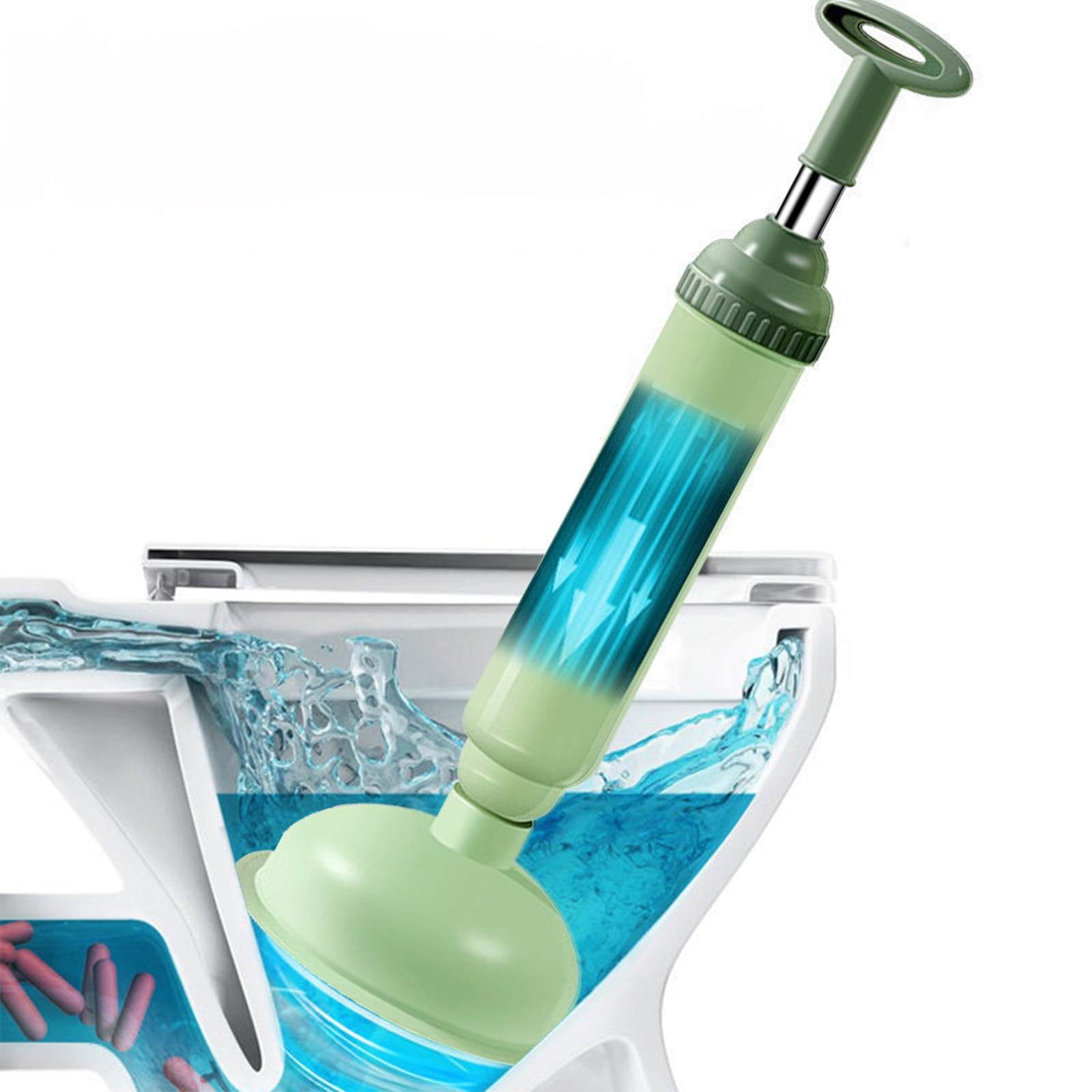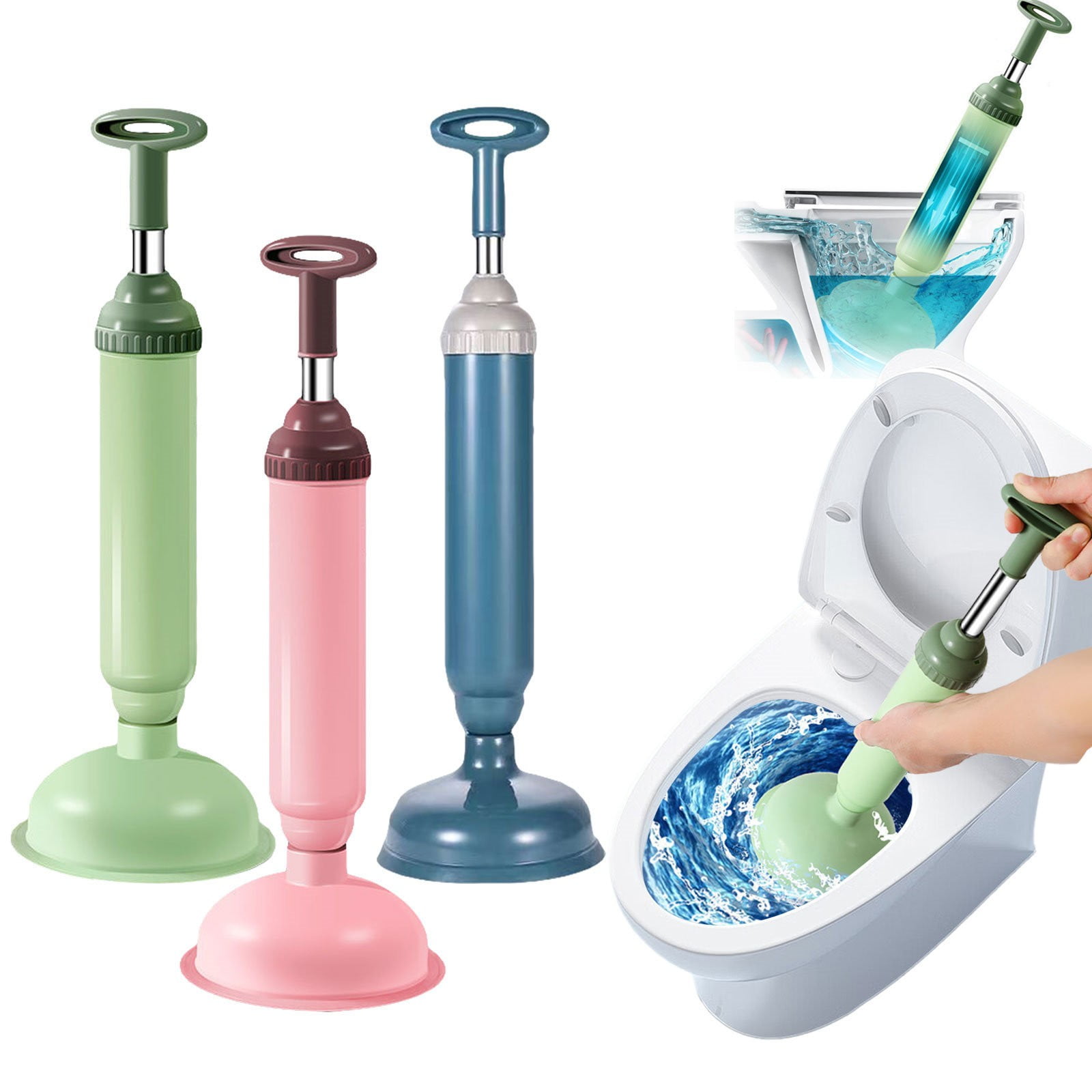Fundamental Definitions: Difference Between Bathroom Fixtures And Fittings

The terms “bathroom fixtures” and “bathroom fittings” are often used interchangeably, but they refer to distinct components within a bathroom. Understanding the difference is crucial for planning a bathroom renovation or selecting the right products for your space.
Bathroom Fixtures
Bathroom fixtures are the essential, permanent components that define the functionality of a bathroom. They are typically connected to the plumbing system and are considered integral to the bathroom’s structure.
- Toilets: These are essential for waste disposal and are typically connected to the sewer system. They come in various styles, including one-piece, two-piece, and wall-mounted toilets, each with its own set of advantages and disadvantages.
- Sinks: Sinks provide a space for washing hands, brushing teeth, and other hygiene-related activities. They are typically connected to the water supply and drainage system. Sinks come in a wide variety of styles, including pedestal sinks, vanity sinks, and vessel sinks, each offering unique aesthetic and functional characteristics.
- Bathtubs: Bathtubs are designed for bathing and relaxation. They are typically connected to the water supply and drainage system. Bathtubs come in various shapes, sizes, and materials, such as cast iron, acrylic, and fiberglass, each with its own advantages and disadvantages.
- Showers: Showers provide a convenient way to wash and are typically connected to the water supply and drainage system. Shower systems can range from simple handheld showers to elaborate multi-head shower systems, each offering a different level of functionality and luxury.
Bathroom Fittings
Bathroom fittings are the decorative and functional elements that enhance the aesthetics and usability of a bathroom. They are not essential for the bathroom’s basic functionality but add a touch of style and convenience.
- Faucets: Faucets control the flow of water to sinks, bathtubs, and showers. They are available in various styles, finishes, and functionalities, such as single-handle, double-handle, and touchless faucets.
- Showerheads: Showerheads are responsible for delivering the water spray in a shower. They come in a variety of designs, including rain showerheads, massage showerheads, and handheld showerheads.
- Mirrors: Mirrors are essential for personal grooming and can also enhance the visual appeal of a bathroom. They come in various shapes, sizes, and styles, from simple framed mirrors to elaborate vanity mirrors with integrated lighting.
- Towel bars and rings: These provide a convenient place to hang towels and bathrobes. They come in various styles, finishes, and materials, such as chrome, nickel, and brass.
- Toilet paper holders: These hold toilet paper rolls and are typically mounted near the toilet. They come in various styles and finishes, often matching other bathroom fittings.
Relationship Between Fixtures and Fittings
Bathroom fixtures and fittings work together to create a complete and functional bathroom space. Fixtures provide the essential functionality, while fittings enhance the aesthetics and usability. For example, a sink is a fixture that provides a space for washing hands, while a faucet is a fitting that controls the flow of water to the sink.
Types and Functions

Understanding the types and functions of bathroom fixtures and fittings is crucial for creating a functional and aesthetically pleasing bathroom space. Bathroom fixtures are the major components that define the bathroom’s functionality, while fittings are the smaller details that enhance the overall experience.
Bathroom Fixtures
Bathroom fixtures are the essential components that determine the functionality of a bathroom. These include:
- Toilets: Toilets are used for waste disposal and are typically made of porcelain or ceramic. They come in different styles, including one-piece, two-piece, and wall-mounted.
- Sinks: Sinks are used for washing hands, face, and other hygiene purposes. They are typically made of porcelain, ceramic, or stainless steel and come in various shapes, sizes, and styles.
- Bathtubs: Bathtubs are used for bathing and are typically made of acrylic, fiberglass, or cast iron. They come in different sizes and shapes, including freestanding, alcove, and corner tubs.
- Showers: Showers are used for showering and are typically made of acrylic, fiberglass, or tile. They come in different styles, including walk-in, overhead, and handheld showers.
| Fixture Type | Function | Common Materials |
|---|---|---|
| Toilets | Waste disposal | Porcelain, ceramic |
| Sinks | Washing hands, face, etc. | Porcelain, ceramic, stainless steel |
| Bathtubs | Bathing | Acrylic, fiberglass, cast iron |
| Showers | Showering | Acrylic, fiberglass, tile |
Bathroom Fittings
Bathroom fittings are the smaller details that enhance the functionality and aesthetics of a bathroom. These include:
- Faucets: Faucets control the flow of water to sinks, bathtubs, and showers. They are typically made of brass, chrome, or nickel.
- Showerheads: Showerheads distribute water in a shower. They are typically made of plastic, metal, or rubber.
- Drains: Drains remove water from sinks, bathtubs, and showers. They are typically made of plastic, metal, or rubber.
- Toilet seats: Toilet seats provide comfort and hygiene. They are typically made of plastic or wood.
- Towel bars: Towel bars provide a place to hang towels. They are typically made of chrome, brass, or nickel.
- Toilet paper holders: Toilet paper holders hold toilet paper. They are typically made of chrome, brass, or nickel.
- Soap dishes: Soap dishes hold soap. They are typically made of plastic, ceramic, or metal.
| Fitting Type | Purpose | Materials |
|---|---|---|
| Faucets | Control water flow | Brass, chrome, nickel |
| Showerheads | Distribute water in shower | Plastic, metal, rubber |
| Drains | Remove water | Plastic, metal, rubber |
| Toilet seats | Comfort and hygiene | Plastic, wood |
| Towel bars | Hang towels | Chrome, brass, nickel |
| Toilet paper holders | Hold toilet paper | Chrome, brass, nickel |
| Soap dishes | Hold soap | Plastic, ceramic, metal |
Functionality of Fixtures and Fittings, Difference between bathroom fixtures and fittings
The primary functionality of fixtures is to provide the essential services of a bathroom, such as waste disposal, washing, and bathing. Fittings, on the other hand, enhance the user experience by providing convenient features and aesthetic appeal.
Installation and Maintenance

Installing and maintaining bathroom fixtures and fittings is crucial for ensuring their functionality and longevity. Proper installation ensures that the fixtures and fittings are securely in place and operate efficiently. Regular maintenance helps prevent issues and extends the lifespan of these essential bathroom components.
Installation of Bathroom Fixtures
The installation process for bathroom fixtures typically involves the following steps:
- Preparation: Before beginning installation, ensure you have the necessary tools and materials, including a level, tape measure, plumbing tools, and appropriate sealant.
- Rough-in: This step involves installing the plumbing lines and connections for the fixture. It includes positioning the supply lines, drain lines, and any other necessary components.
- Fixture Installation: This involves attaching the fixture to the rough-in plumbing, securing it to the wall or floor, and connecting the supply lines and drain lines.
- Testing and Finishing: After installation, test the fixture to ensure proper operation. This includes checking for leaks, proper water flow, and functionality of any moving parts. Finally, apply sealant to any joints and ensure the fixture is aesthetically pleasing.
Installation of Bathroom Fittings
Bathroom fittings, such as faucets, showerheads, and towel bars, are typically installed after the fixtures are in place. Here’s a general overview of the installation process:
- Preparation: Gather the necessary tools, including a wrench, screwdriver, and sealant. Ensure the fittings are compatible with the fixtures.
- Connecting Fittings: Connect the fittings to the fixture’s supply lines or drain lines, ensuring a tight seal.
- Securing Fittings: Secure the fittings to the fixture or wall using screws or brackets, ensuring proper alignment and stability.
- Testing and Finishing: Test the fittings for proper operation, including water flow and functionality. Apply sealant to any joints and ensure the fittings are aesthetically pleasing.
Maintenance of Bathroom Fixtures and Fittings
Regular maintenance helps prevent issues and extends the lifespan of bathroom fixtures and fittings.
- Cleaning: Clean fixtures and fittings regularly to remove dirt, grime, and mineral deposits. Use mild cleaners and avoid harsh chemicals.
- Inspecting for Leaks: Periodically inspect for leaks around fixtures and fittings. Promptly address any leaks to prevent damage and water waste.
- Lubricating Moving Parts: Lubricate moving parts, such as faucet handles and showerhead components, to ensure smooth operation.
- Replacing Worn Parts: Replace worn or damaged parts promptly to prevent further damage and ensure proper functioning.
Troubleshooting Bathroom Fixtures and Fittings
Common issues with bathroom fixtures and fittings can be resolved through troubleshooting:
- Leaks: Leaks can be caused by loose connections, worn-out seals, or damaged plumbing lines. Check for loose fittings, replace worn-out seals, and inspect for any damage to plumbing lines.
- Low Water Pressure: Low water pressure can be caused by clogged aerators, partially closed valves, or a problem with the main water supply. Clean aerators, check valves, and inspect the main water supply line.
- Clogged Drains: Clogged drains can be caused by hair, soap scum, or other debris. Use a plunger or drain snake to clear the clog.
- Non-Functional Fittings: If fittings are not functioning properly, check for loose connections, worn-out parts, or obstructions. Tighten connections, replace worn-out parts, and remove any obstructions.
